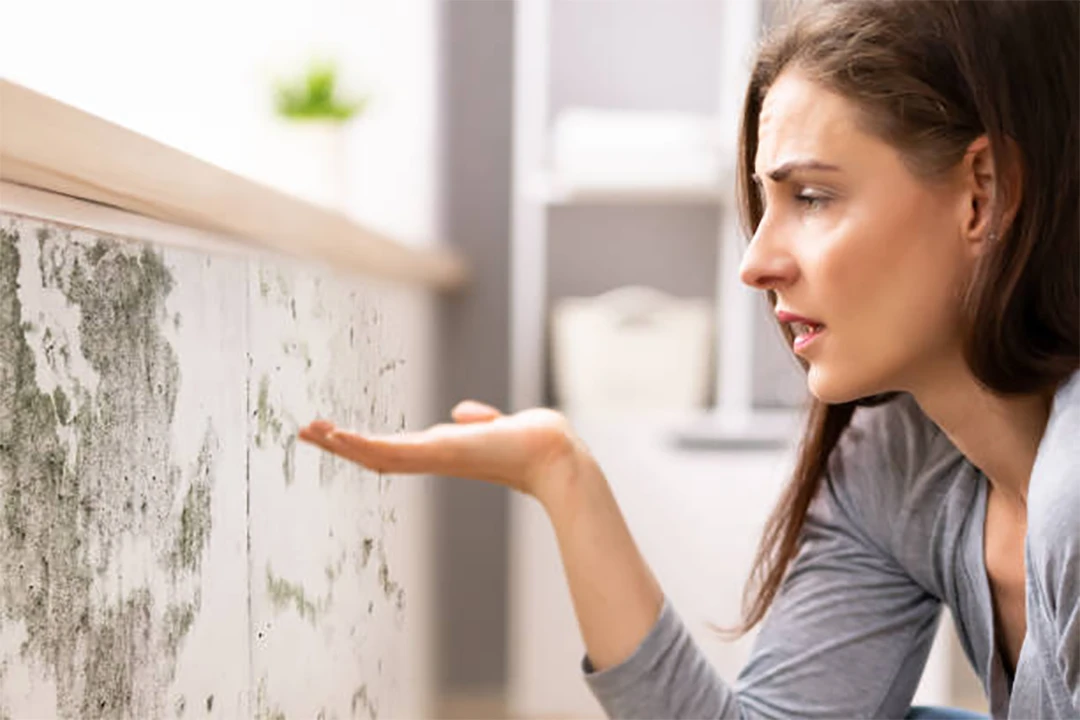
Mold is a common issue that occurs in indoor spaces, including both residential and commercial properties. Mold infestations can have serious implications for your health. The spores (responsible for spreading an infestation) thrive in damp, humid environments and can grow rapidly if not addressed with certified mold removal services. While mold is often hidden out of sight, its impact on your health can be significant and sometimes severe. Understanding the signs that mold is affecting your health is crucial in taking the necessary steps to address the problem.
1. Persistent Allergies
One of the most common signs that mold is affecting your health is the presence of persistent allergies. Symptoms such as sneezing, runny nose, itchy eyes, and skin rashes can be indicative of mold exposure. If you notice that these symptoms worsen when you’re at home and improve when you leave, mold could be the culprit.
2. Respiratory Issues
Mold spores can be inhaled, leading to a range of respiratory problems. Common symptoms include coughing, wheezing, shortness of breath, and chronic sinus infections. Individuals with asthma may experience more frequent and severe attacks when exposed to mold.
3. Unexplained Fatigue
Chronic fatigue that cannot be explained by other factors may be a sign of mold exposure. Mold can release mycotoxins, which can interfere with your body’s ability to function properly, leading to feelings of extreme tiredness and lethargy.
4. Headaches and Migraines
Frequent headaches and migraines are another indication that mold might be present in your home. The mycotoxins released by mold can affect your central nervous system, leading to recurring headaches that are difficult to treat with standard medications.
5. Skin Irritation
Exposure to mold can cause a variety of skin issues, including rashes, hives, and dermatitis.
These conditions are often itchy and uncomfortable, and they can persist as long as you are exposed to the mold.
6. Eye Irritation
Mold spores and mycotoxins can cause significant eye irritation. Symptoms include red, itchy, watery eyes, and in some cases, blurred vision. If you notice these symptoms occurring frequently, it could be due to mold exposure in your environment.
7. Sinus Congestion
Mold exposure can lead to chronic sinus congestion and infections. Symptoms include a stuffy or runny nose, sinus pressure, and pain in the face. If you find yourself constantly dealing with these issues, mold could be the underlying cause.
8. Nausea and Vomiting
Ingesting mold spores or being exposed to high levels of mycotoxins can result in gastrointestinal issues such as nausea, vomiting, and diarrhea. These symptoms are particularly concerning and should prompt immediate investigation into potential mold contamination in your home.
9. Mental Health Issues
Mold exposure can also affect your mental health. Symptoms such as anxiety, depression, and mood swings can be exacerbated by mold. The impact of mycotoxins on the brain can interfere with neurotransmitter function, leading to these mental health challenges.
10. Immune System Suppression
Long-term exposure to mold can weaken your immune system, making you more susceptible to infections and illnesses. If you notice that you are getting sick more often than usual, mold might be compromising your immune system.
Why You May Need Certified Mold Removal Services
Addressing mold-related health issues requires professional intervention. Mold removal services are essential in identifying and eliminating mold from your building. It may be tempting to use over-the-counter products, but these DIY mold removal sprays and techniques often leave mold behind and beneath the surface triggering regrowth again. These professional mold removal services typically involve a thorough inspection to locate all sources of mold, followed by safe and effective removal techniques. Professionals use specialized equipment and protective gear to ensure that mold is removed without spreading spores to other areas of the home.
How Water Damage Can Trigger Mold
Since mold often thrives in damp environments, addressing any underlying water damage in Toronto homes is crucial. Water damage restoration services can help identify and repair the sources of moisture that contribute to mold growth. Whether it’s a leaky roof, broken pipes, or flooding, these services are essential in preventing future mold infestations. By tackling water damage at its source, you can create a dry and inhospitable environment for mold.
Preventing Mold Growth
Prevention is key to avoiding the health issues associated with mold. Here are some tips to help keep your home mold-free:
Control Humidity: Use dehumidifiers and air conditioners to maintain indoor humidity levels between 30% and 50%.
Ventilation: Ensure proper ventilation in areas prone to moisture, such as bathrooms, kitchens, and basements.
Fix Leaks Promptly: Address any leaks in your roof, walls, or plumbing immediately to prevent moisture buildup.
Use Mold-Resistant Products: When renovating, consider using mold-resistant drywall, paint, and insulation.
Regular Inspections: Conduct regular inspections of your home, especially in areas prone to dampness, to catch mold early.
Eliminate Mold and Embrace Healthier Living
Mold can have a profound impact on your health, manifesting in various symptoms that can significantly affect your quality of life. By recognizing the signs of mold exposure and taking prompt action, you can protect your overall well being and avoid long-term effects. Professional mold removal services and water damage restoration are essential in effectively addressing mold problems and preventing future issues. By staying vigilant and proactive, you can protect your health and ensure a safe, mold-free living environment.
Comments
comments